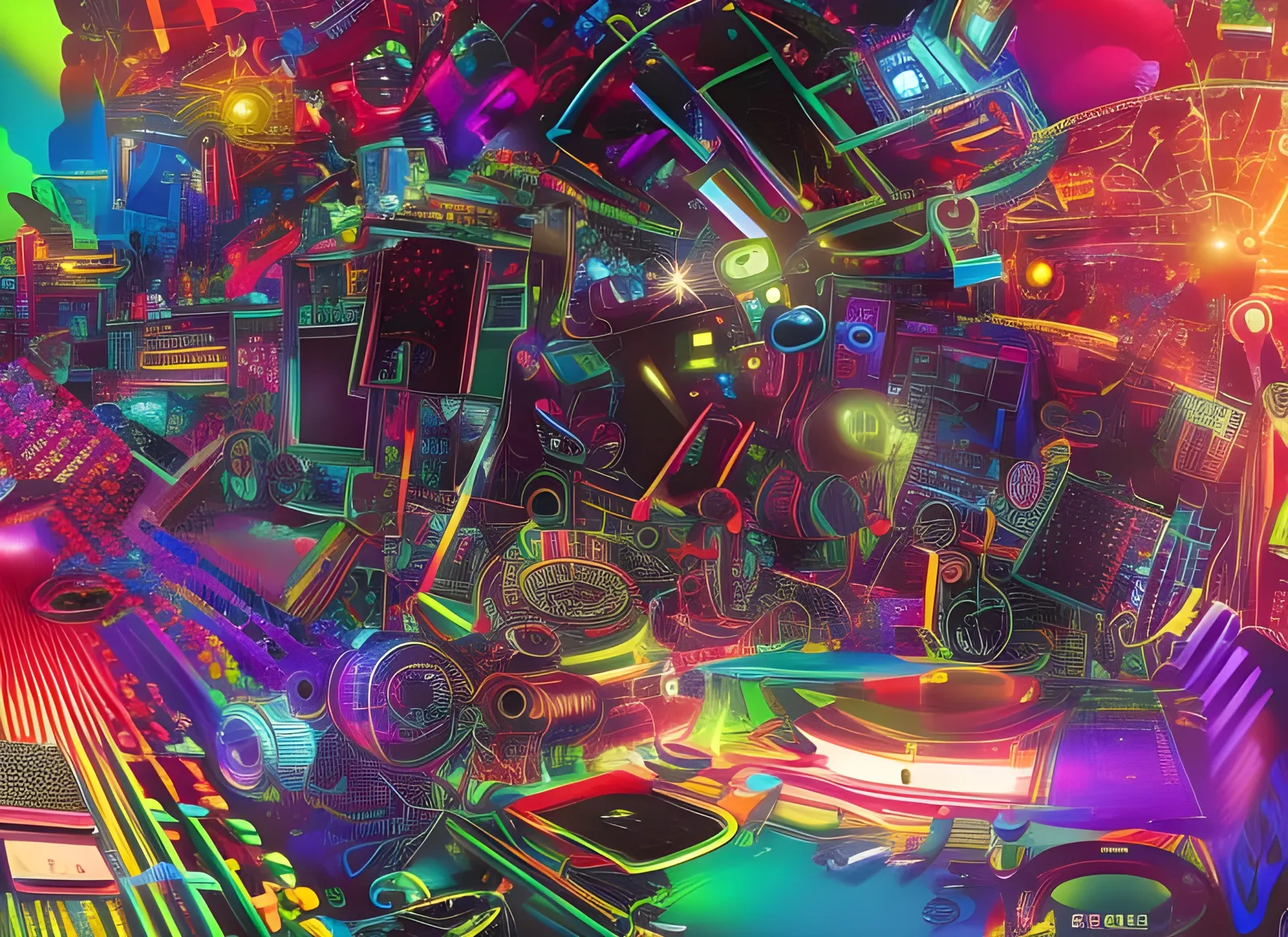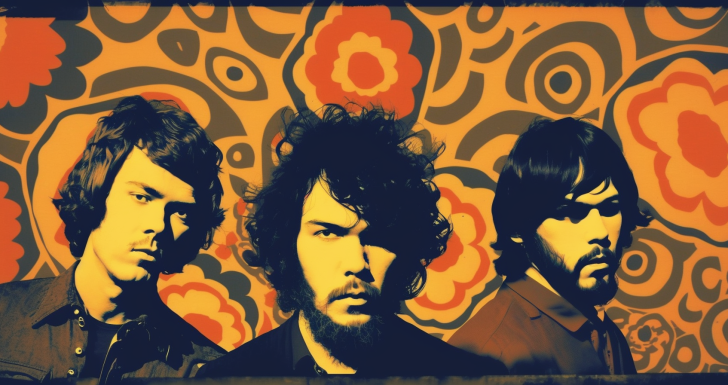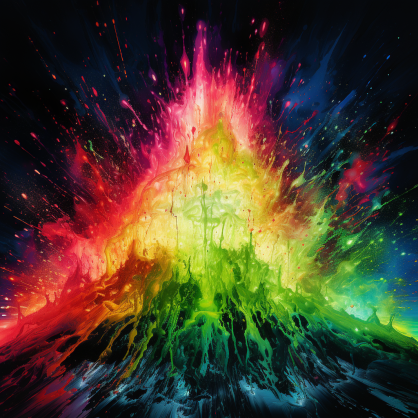
 Psychedelic Rock 60s – A Trip Down The Memory Lane
Psychedelic Rock 60s – A Trip Down The Memory Lane
The 1960s were a time of profound cultural change, and few musical genres capture the essence of that era better than Psychedelic Rock 60s. This revolutionary genre, characterized by its mind-expanding sound, vibrant imagery, and countercultural ethos, played a pivotal role in shaping the decade. In this article, we’ll take a journey back in time to explore the birth, evolution, and enduring legacy of Psychedelic Rock 60s.
The Birth of Psychedelic Rock
Roots in Blues and Folk Music
Before Psychedelic Rock took the world by storm, its roots could be traced back to the blues and folk music scenes. Musicians like Muddy Waters and Bob Dylan laid the groundwork with their emotionally charged lyrics and experimental instrumentations. This fusion of traditional musical styles with a desire for artistic innovation set the stage for the psychedelic revolution.
Key Influencers and Early Pioneers
In the early 1960s, artists began pushing musical boundaries. The Byrds’ jangly guitars and harmonious vocals were a precursor to the psychedelic sound, while The Yardbirds’ innovative guitar work introduced elements of distortion and feedback. These early pioneers paved the way for the genre’s full emergence.
The Counterculture Connection
Psychedelic Rock didn’t exist in isolation; it was intimately connected to the counterculture movement of the 1960s. As young people sought alternatives to the conservative values of the time, Psychedelic Rock became their anthem. It expressed a desire for freedom, individuality, and a break from societal norms.
Iconic Bands and Artists
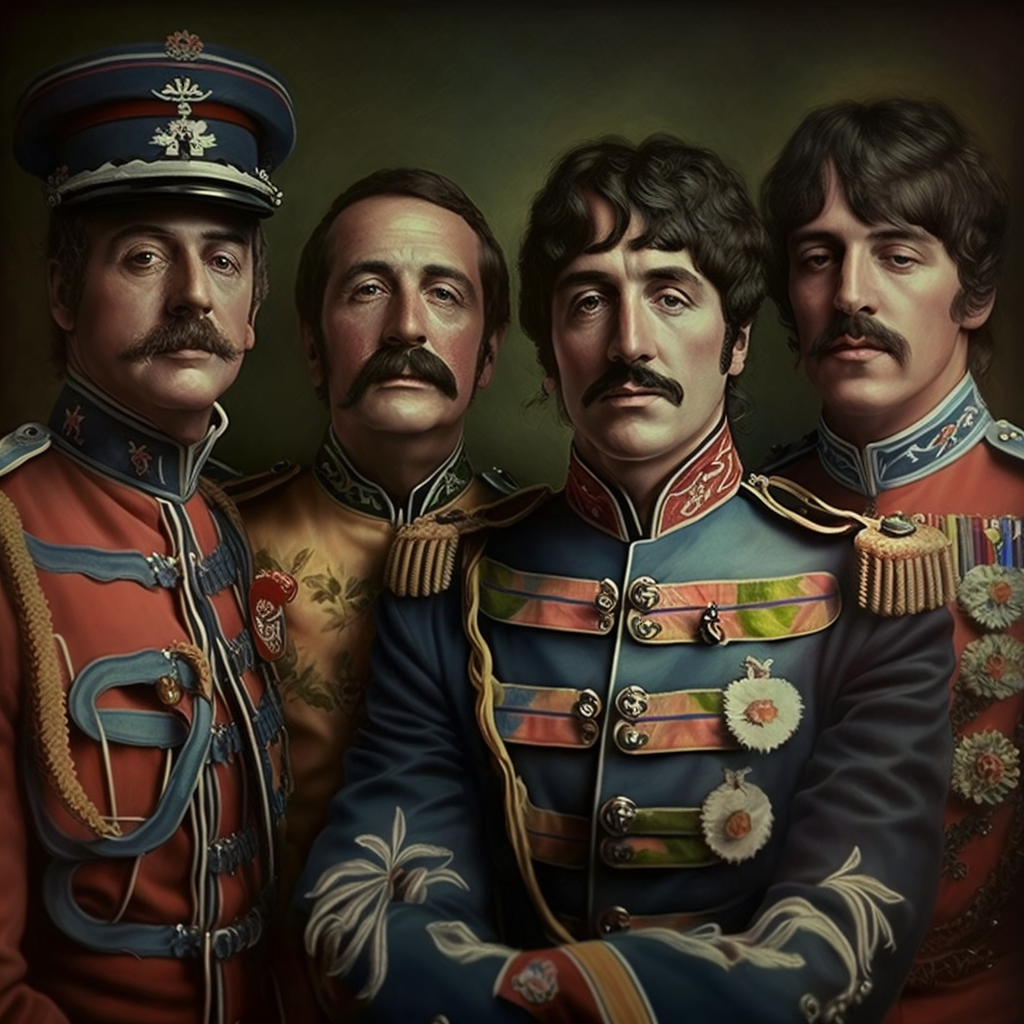
The Beatles: Revolutionizing Sound and Style
No discussion of Psychedelic Rock would be complete without mentioning The Beatles. Albums like “Sgt. Pepper’s Lonely Hearts Club Band” and “Revolver” marked a radical departure from their earlier work, showcasing their willingness to experiment with new sounds and studio techniques. Tracks like “Lucy in the Sky with Diamonds” exemplify their psychedelic prowess.
The Doors: Pushing Boundaries with Morrison’s Poetic Lyrics
The Doors, led by the enigmatic Jim Morrison, blended rock, blues, and poetry to create a distinctive sound. Songs like “Light My Fire” and “The End” are masterpieces of Psychedelic Rock, exploring themes of self-discovery and rebellion.
Jimi Hendrix: Shredding the Boundaries of Guitar Innovation
Jimi Hendrix‘s virtuosity on the guitar elevated Psychedelic Rock to new heights. His use of distortion, feedback, and otherworldly effects in tracks like “Purple Haze” redefined the possibilities of the instrument and left an indelible mark on the genre.
Jefferson Airplane: The Voice of the San Francisco Scene
As the house band of the San Francisco music scene, Jefferson Airplane played a pivotal role in Psychedelic Rock’s development. Tracks like “White Rabbit” and “Somebody to Love” combined grace with grit, reflecting the chaotic yet optimistic spirit of the era.
Pink Floyd: Crafting Sonic Landscapes and Concept Albums
Pink Floyd’s immersive sonic landscapes and groundbreaking concept albums, such as “The Piper at the Gates of Dawn” and “The Dark Side of the Moon,” added a cerebral dimension to Psychedelic Rock. Their work was an auditory trip that transcended traditional musical boundaries.
The Role of Psychedelics
Influence of Mind-Altering Substances on Music and Lyrics
The use of mind-altering substances, particularly LSD, played a significant role in Psychedelic Rock’s evolution. Many artists drew inspiration from their psychedelic experiences, leading to lyrics and music that reflected altered states of consciousness.
Psychedelic Experiences and Their Impact on Songwriting
Psychedelic Rock often sought to replicate the hallucinatory experiences of its creators. Songs were constructed like journeys, with shifting rhythms, unexpected shifts in tempo, and kaleidoscopic instrumentations. These musical elements mirrored the highs and lows of a psychedelic trip.
Controversies and Legal Repercussions
However, the connection between Psychedelic Rock and drugs wasn’t without its controversies. Artists like Jim Morrison faced legal troubles due to their onstage antics and drug-related incidents. The dark side of the counterculture movement couldn’t be ignored.
The Sound and Style of Psychedelic Rock
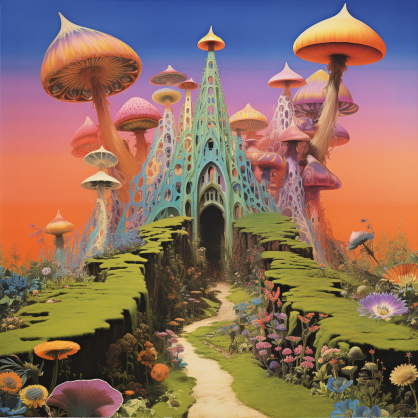
Distinctive Musical Elements
Psychedelic Rock was known for its distinctive musical elements, including fuzz guitars, reverberated vocals, and extended solos. These elements combined to create a rich, immersive sound that transported listeners to otherworldly realms.
Psychedelic Imagery and Album Cover Art
Album cover art became an integral part of the Psychedelic Rock experience. Artists like Roger Dean and H.R. Giger created iconic visuals that matched the music’s otherworldly vibe. These artworks often featured intricate, surreal designs and vibrant, hallucinogenic colors.
Connection to the Broader Counterculture Aesthetic
The visual and auditory aesthetics of Psychedelic Rock were closely intertwined with the broader counterculture movement. The rejection of conformity and embrace of individuality extended to fashion, art, and lifestyle choices. Psychedelic Rock was more than just music; it was a way of life.
The Cultural Impact
Psychedelic Rock as a Catalyst for Social Change
During the 1960s, Psychedelic Rock served as a catalyst for social change. It provided a platform for artists to address pressing issues like civil rights, war, and environmentalism. Songs like “Ohio” by Crosby, Stills, Nash & Young and “Fortunate Son” by Creedence Clearwater Revival became anthems for a generation in turmoil.
The Summer of Love and Woodstock: Gathering Points for the Movement
The Summer of Love in 1967 and the Woodstock Festival in 1969 epitomized the peak of the counterculture movement. These gatherings brought together hundreds of thousands of like-minded individuals who celebrated peace, love, and music.
The Legacy of the 1960s Psychedelic Rock Scene on Modern Music
The impact of Psychedelic Rock 60s extended far beyond the decade itself. Its influence can be heard in subsequent genres like progressive rock, punk, and even electronic music. Bands like Radiohead, Tame Impala, and Arctic Monkeys continue to draw inspiration from the genre’s innovative spirit.
Challenges and Decline
Commercialization and Mainstream Co-optation
As the 1960s drew to a close, Psychedelic Rock faced commercialization and mainstream co-optation. The same music that once challenged societal norms became a marketable product. Bands like The Monkees, manufactured for mass consumption, diluted the genre’s authenticity.
Internal Conflicts within Bands and the Toll of Fame
Many Psychedelic Rock bands faced internal conflicts and the pressures of fame. The destructive lifestyles of some artists, such as Jimi Hendrix and Janis Joplin, tragically cut short promising careers. These losses left a void in the genre’s landscape.
The Decline of the Counterculture Movement
The decline of the counterculture movement, marked by the tumultuous events of the late 1960s, also contributed to the decline of Psychedelic Rock. As the idealism of the early years gave way to disillusionment, the music scene shifted towards harder, more politically charged genres.
Revival and Contemporary Influence
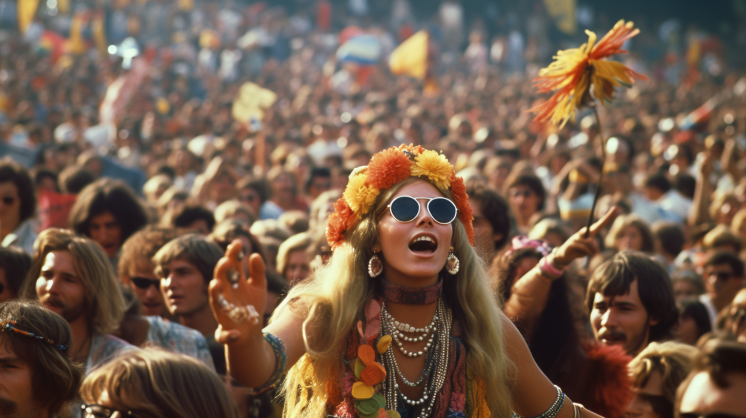
Resurgence of Interest in Psychedelic Rock
Despite its decline, Psychedelic Rock experienced a resurgence of interest in recent years. A new generation of musicians and fans rediscovered its timeless appeal, leading to a revival of the genre.
Modern Artists and Bands Carrying the Torch
Contemporary artists like Tame Impala, MGMT, and The Flaming Lips have embraced the spirit of Psychedelic Rock, infusing it with their own unique twist. These bands carry the torch, pushing boundaries and exploring new sonic territories.
The Enduring Appeal of Psychedelic Rock for New Generations
The enduring appeal of Psychedelic Rock lies in its ability to transcend time and connect with new generations. Its exploration of consciousness, freedom, and individuality continues to resonate with those seeking an escape from the ordinary.
Psychedelic Rock 60s – A Timeless Journey Through Sound and Culture
In the annals of music history, few genres have left as indelible a mark as Psychedelic Rock 60s. Its birth, evolution, and enduring legacy serve as a testament to the power of music to reflect and shape the cultural zeitgeist. As we take this trip down memory lane, let us not forget the psychedelic pioneers who dared to dream and create in a world where anything seemed possible. Psychedelic Rock 60s will forever remain a symbol of a tumultuous era that sought to break free and reach for the stars. It’s a trip worth taking, over and over again, for those who yearn to experience the magic of that bygone era.
Categorised in: Psychedelic


